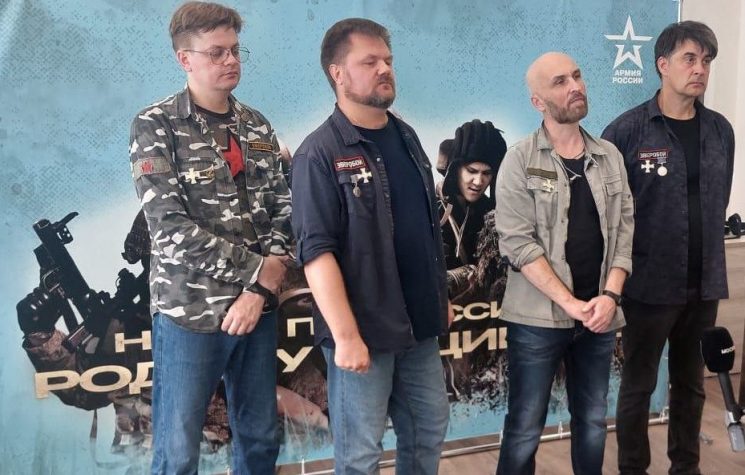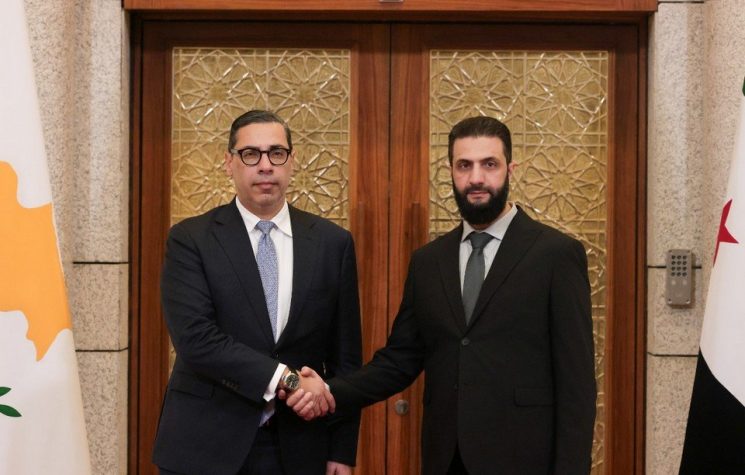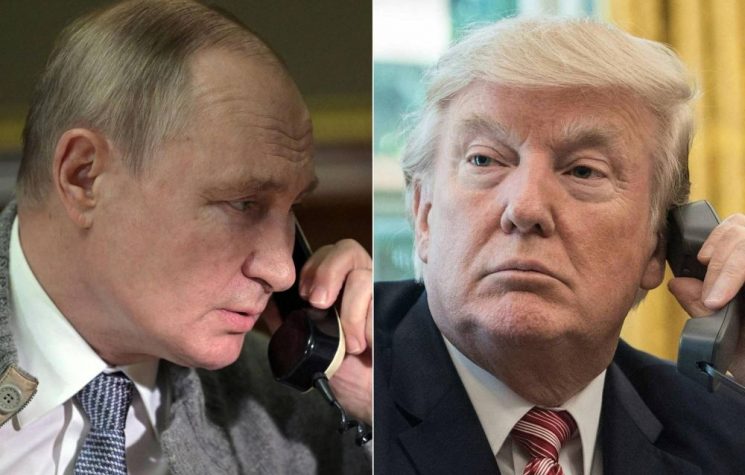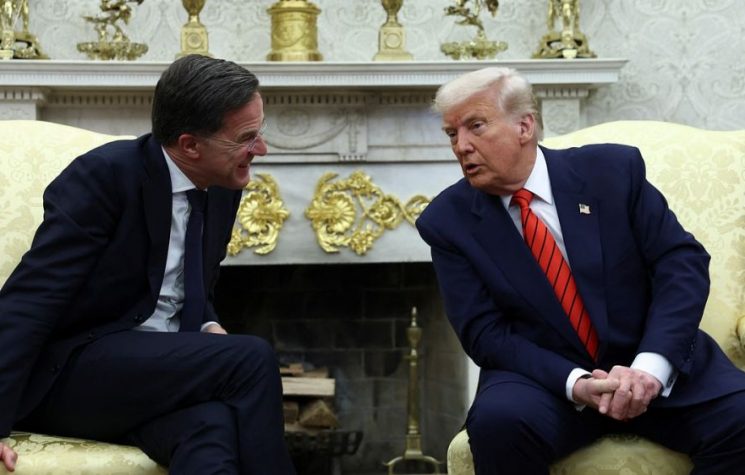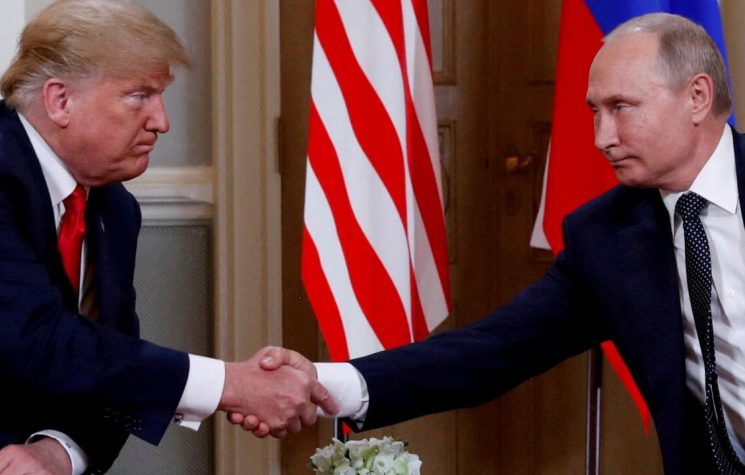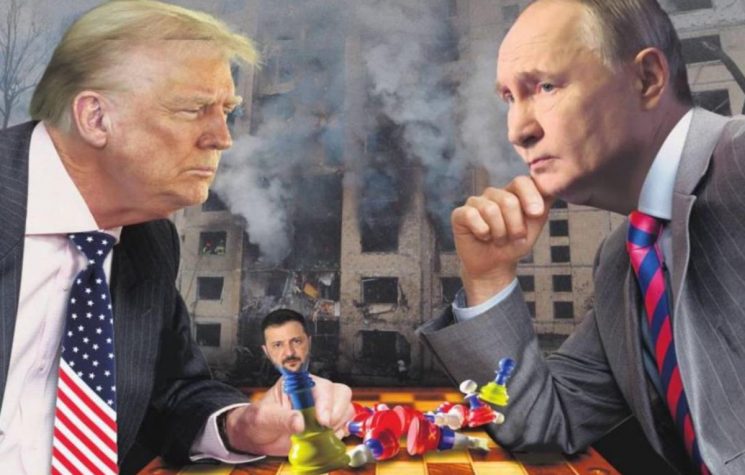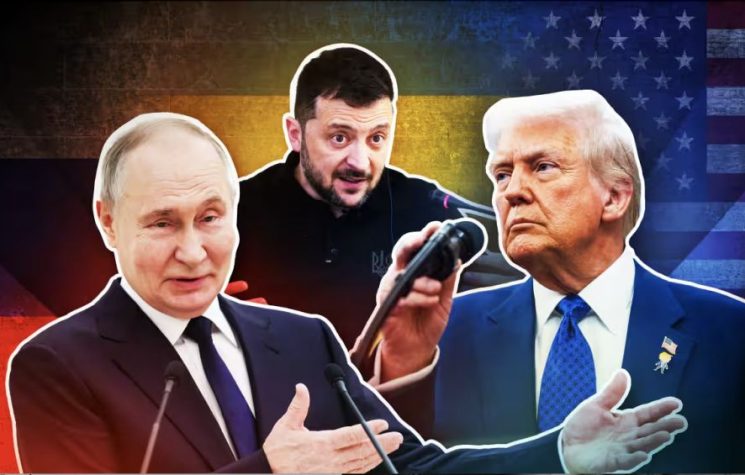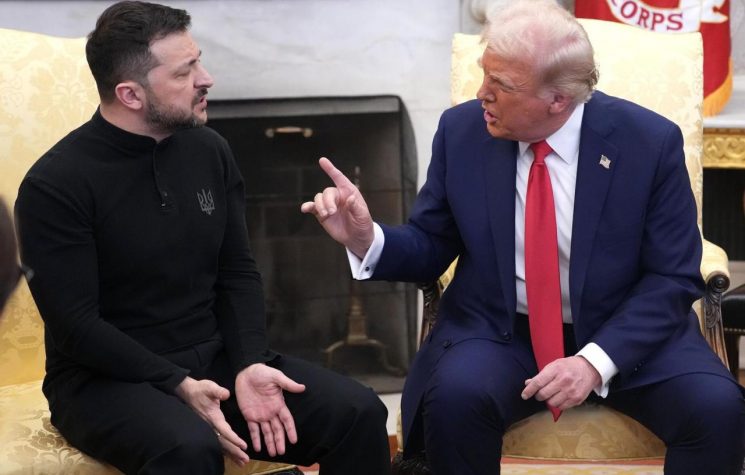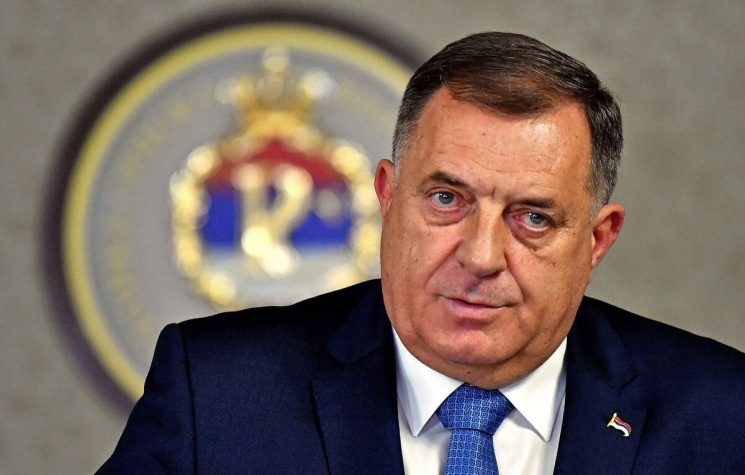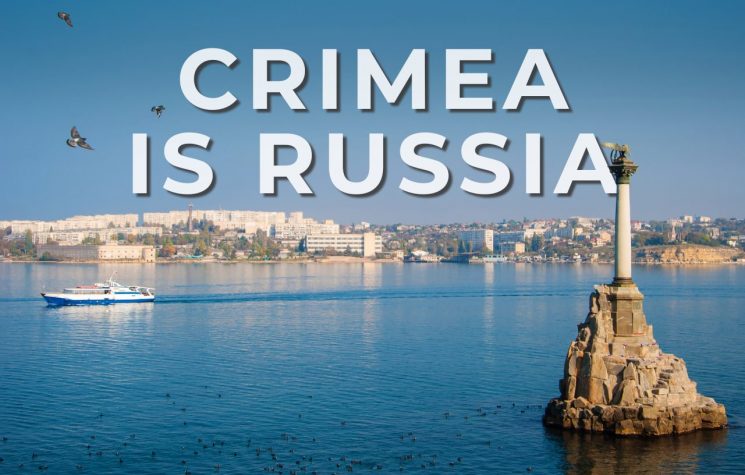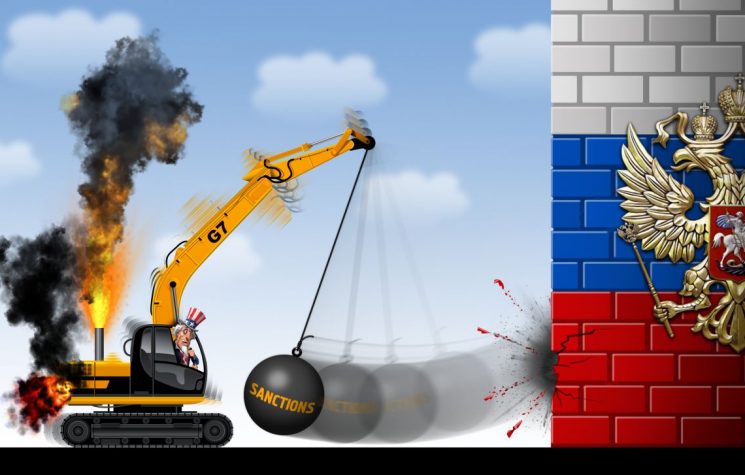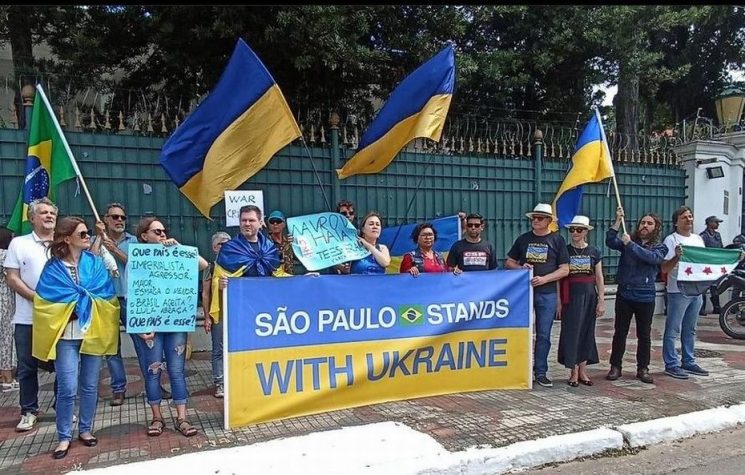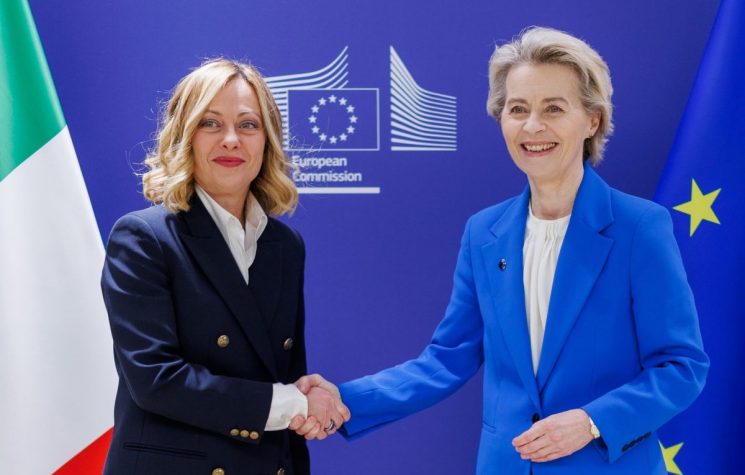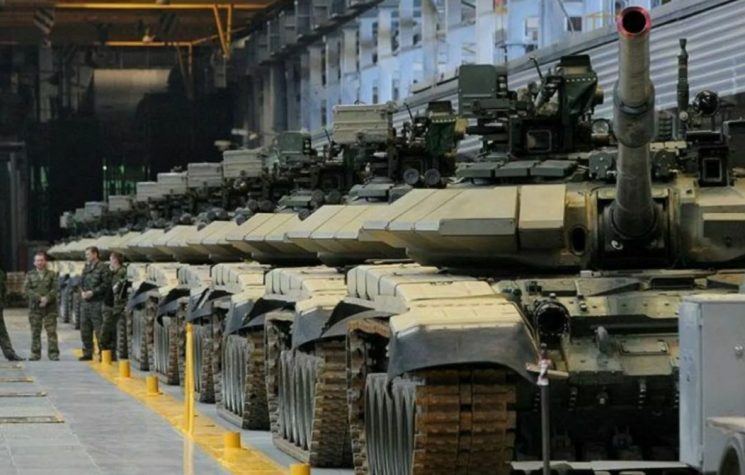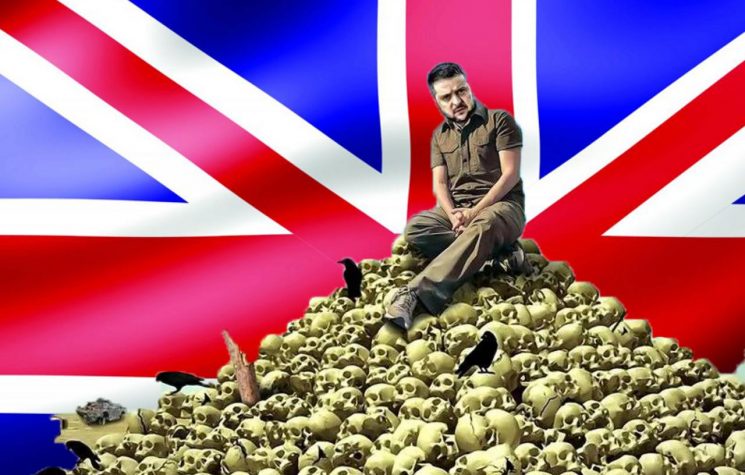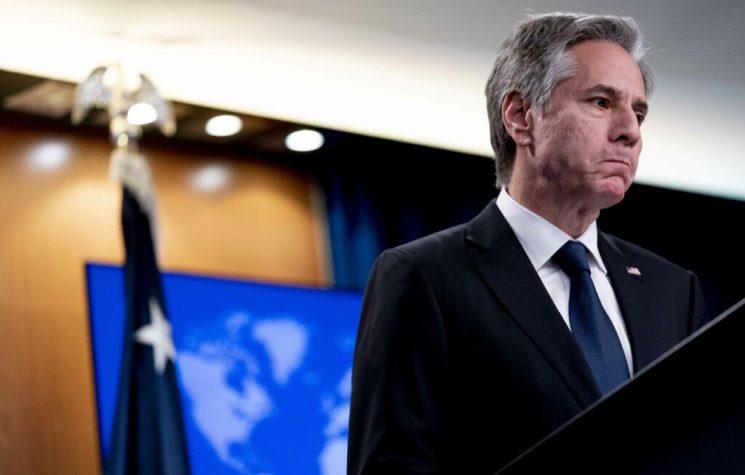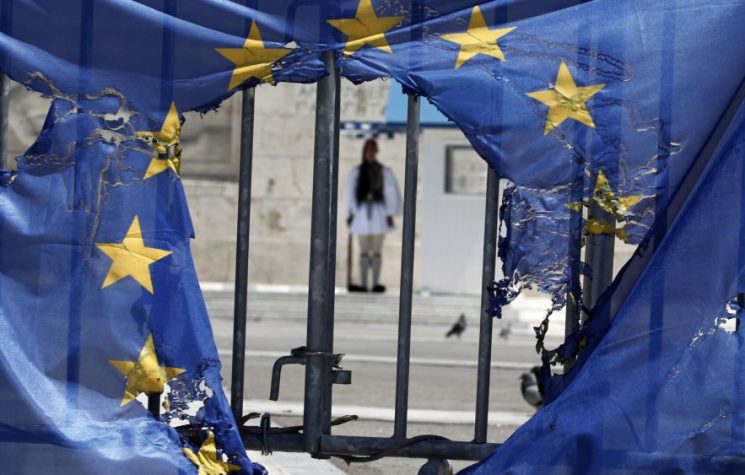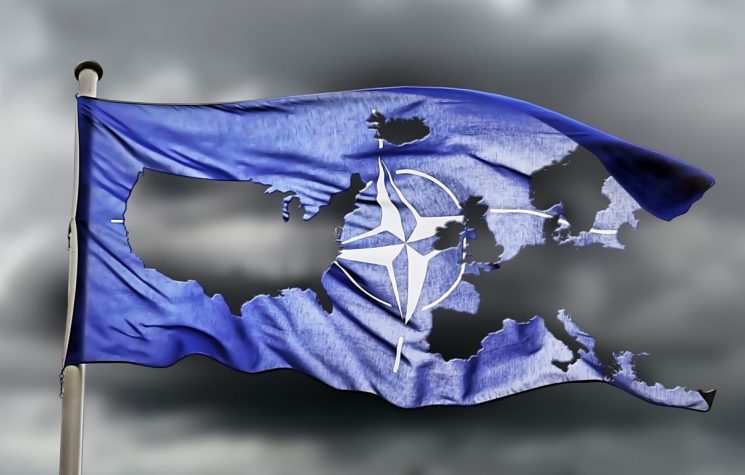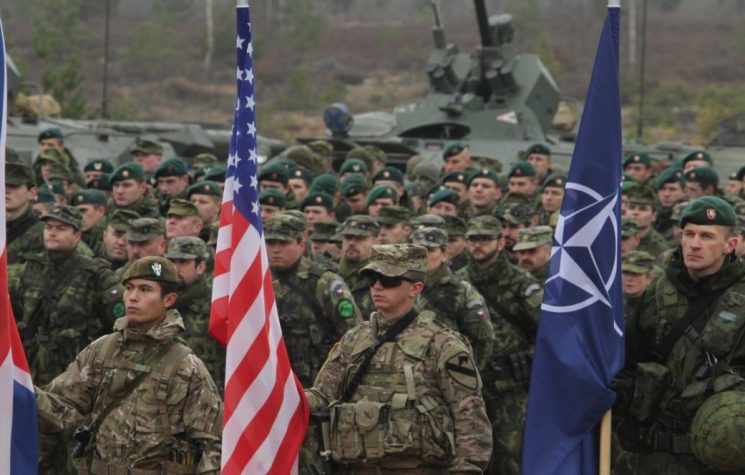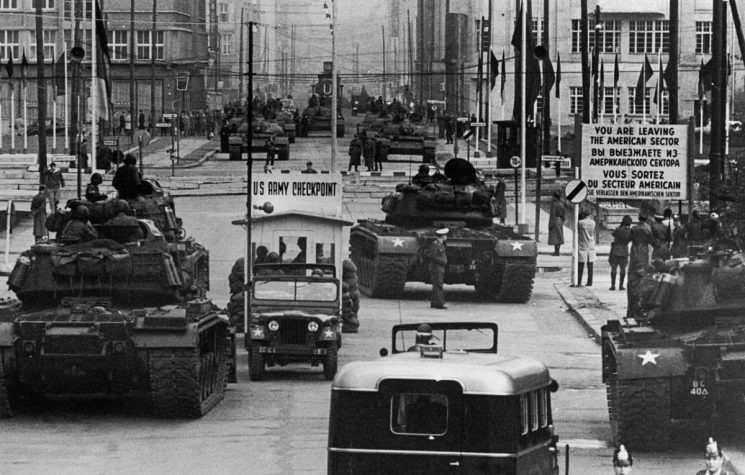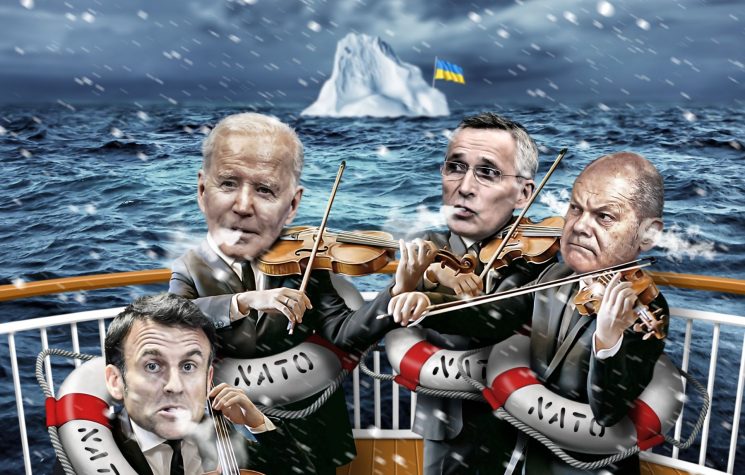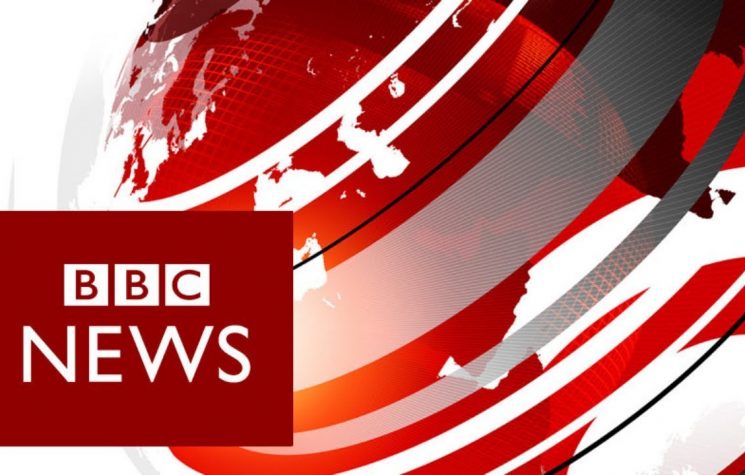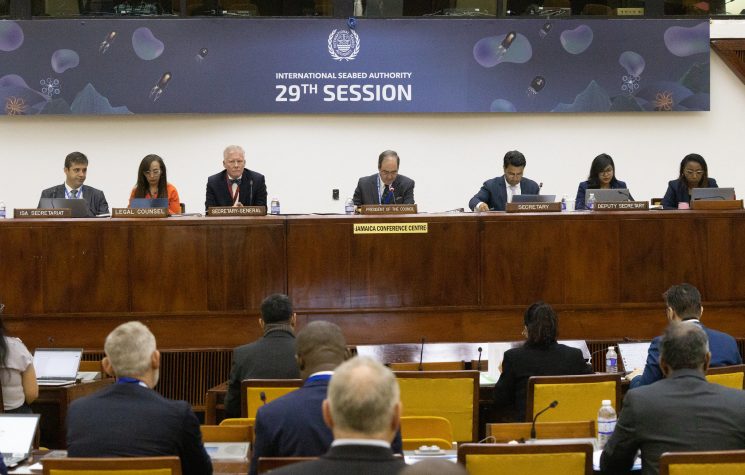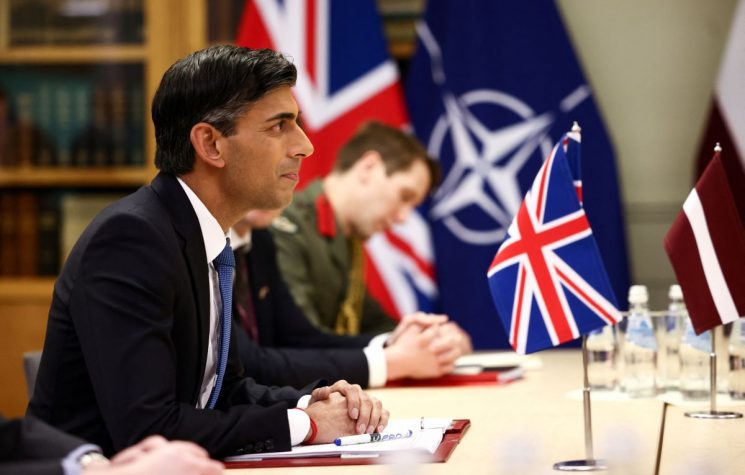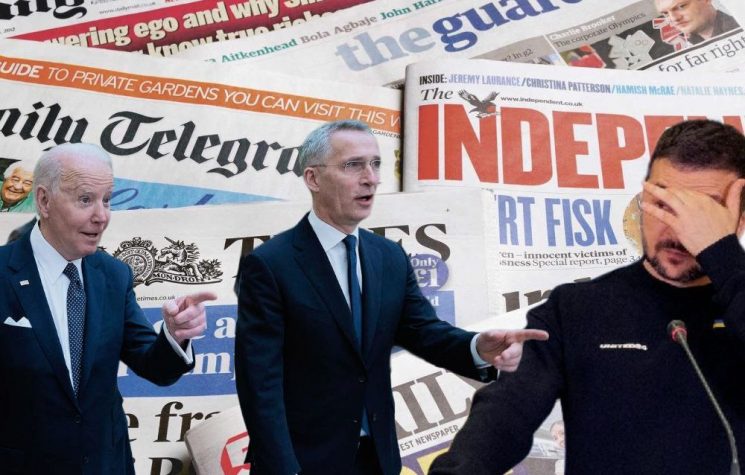Unlike in 1990, Russia has many options left to itself if NATO ignores its proposal for peace and continues to advance on the former Soviet space.
As NATO continues its mission creep inexorably towards the Russian border, Moscow issued a security proposal to the Western military bloc, which is in fact nothing less than an ultimatum: halt any further eastward military advances or Russia will be forced to act on behalf of its national interests.
The date February 9, 1990 will be forever remembered among historians as a ‘day of infamy’ as far as NATO-Russia relations are concerned. That was the date when U.S. Secretary of State James Baker famously assured Soviet leader Mikhail Gorbachev, during glasnost-era talks on German unification that the Western military bloc would not advance “one inch eastward” towards Russia’s borders.
The level of deception contained in that empty pledge is easily discernible today as NATO membership has exploded since the Cold War times to 30 member states. In 2004, the former Soviet states of Bulgaria, Estonia, Latvia, Lithuania, Romania, Slovakia and Slovenia joined NATO at the 2004 Istanbul summit; Albania and Croatia became members in 2009, while North Macedonia joined in 2020.
Already, the Western military bloc abuts Russia’s northwestern border in the Baltic States of Latvia and Estonia. But now with the political tinderbox known as Ukraine actively seeking membership in NATO, Moscow has produced what amounts to an ultimatum, where the carrot is simply the preservation of peace among the world’s nuclear superpowers.
Will the US-led organization bite? On the question of NATO, the draft agreement on security states that “The United States of America shall take measures to prevent further eastward expansion of the North Atlantic Treaty Organization (NATO) and deny accession to the Alliance to the former USSR republics.”
On Nov 14, ?? received the delivery of approx 80,000 kilos of ammunition from ??. Part of the up to $60 mln in addtl security assistance directed by President Biden to ?? in Aug, it is a demonstration of ?? commitment to the success of a stable, democratic, & free ??. pic.twitter.com/nu8jezAcOh
— U.S. Embassy Kyiv (@USEmbassyKyiv) November 14, 2021
With the mess in Ukraine in mind, the draft emphasizes an obligation on the part of Washington and its allies not to establish military bases in former Soviet states that are not NATO members, not to use their infrastructure to carry out any military activities, and not to build bilateral military cooperation with them.
Moscow’s offer comes amid misleading and dangerous claims by Western leaders that Russia is looking to put boots on the ground in Ukraine, possibly as early as Christmas, remarks that have no basis in reality. In fact, it has been the West that has been ratcheting up tensions in the region.
Just last month, US bombers simulated a nuclear strike on Russia, with some of the aircraft approaching within 12.4 miles (20 kilometers) of the Russian border during the exercise, according to Russian Defense Minister Sergei Shoigu.
“We are witnessing a considerable increase in the US strategic bombers’ activity near the Russian borders. Over the past month, they conducted about 30 flights to the borders of the Russian Federation, or 2.5 times more compared to the same period of last year,” Shoigu said during talks with his Chinese counterpart Wei Fenghe, Tass reported.
Meanwhile, U.S. weapons sales to Ukraine have been accelerating at a worrisome rate. This month it was revealed that Uncle Sam sent 30 Javelin anti-tank guided missile systems to Ukraine in October as part of its annual military aid procurement to help defend against that perennial bogeyman known as ‘Russian aggression.’
Russian lawmakers have warned that the US decision to provide Kiev with lethal weapons presented a blow to the Minsk Accords, an agreement adopted in September 2014 to ensure a ceasefire in the Donbas, and a threat to the security of the whole of Europe.
“Of course the [US] Congress members must understand that the supplies of lethal weapons to Ukraine would destroy the Minsk agreements at the very second they start,” Russian Deputy head of Committee for Defense and Security, Frants Klintsevich, told RIA Novosti. “Extending $350 million in military aid to Kiev is a direct call for them to start a full-scale war in Donbas.”
From the Kremlin’s perspective, the further militarization of Ukraine and the Donbas by the US and its allies will make it almost a moot point whether Kiev is a full-fledged member of NATO or not. Fatal mistakes can easily happen. Ukrainian President Volodymyr Zelensky, in much the same way that former Georgian President Mikhail Saakashvili tempted fate in 2008 with an ill-advised attack on the self-proclaimed republics of South Ossetia and Abkhazia, which left several Russian peacekeepers dead, may be attempted to do something equally foolish and rash, especially if he believes the West has his back.
Zelensky certainly is aware – despite being fully immersed in comedy work at the time – that Moscow responded to Tbilisi’s act of aggression with a large-scale land, air and sea invasion of Georgia proper that the Russian military wrapped up in just four days.
Will Western leaders accept Russia’s proposal in the name of peace on the European continent and beyond? While the US has yet to respond to Russia’s offer, there is no doubt Moscow’s patience is growing thin.
“Since the end of the Cold War, Russia has been repeatedly assured that NATO’s jurisdiction and military forces will not move an inch eastwards,” Russian Foreign Ministry spokeswoman Maria Zakharova said earlier this month. “All these promises have been forgotten and not fulfilled. The result is the current sad state of European security.”
“We are convinced that the only option for resolving the current situation is the joint development of long-term agreements that rule out any further NATO advances eastward and the deployment of weapons systems threatening us in the immediate vicinity of Russian territory,” she added.
Unlike in 1990, Russia has many options left to itself if NATO ignores its proposal for peace and continues to advance on the former Soviet space, a clear red line for Moscow.
One option is for Belarus to host Russian nuclear weapons on its territory, an offer that was formally proposed in November by Belarus leader Alexander Lukashenko, who has his own beef with the West, having just survived a made-to-order Western-backed color revolution in the capitol Minsk.
“I will suggest that [Russian President Vladimir] Putin return nuclear weapons to Belarus,” Lukashenko said in comments to RIA Novosti.
Lukashenko is responding to irresponsible remarks by NATO chief Jens Stoltenberg, who said that NATO’s nuclear weapons “provide European Allies with an effective nuclear umbrella. This, of course, also includes our eastern Allies and they are an important signal of Allied unity against any nuclear-armed adversary.” Needless to say, that comment did little to comfort Moscow about NATO’s real intentions.
Although it remains to be seen if Russia would actually place its nukes in Belarus, there are other strategic options left to Moscow, which should make Europeans think twice about Russia’s proposal for long-term peace. Amid NATO’s continuous advance eastward, it’s not difficult to imagine Russia lining its western border with some of the most fearsome weapons known to mankind. After all, we are not talking about Russia circa 1990, or even 2004, when its options for responding to Western machinations were not overly convincing.
Today, and especially after Russia’s stunning performance in Syria against Islamic State, no military leader worth his stars would underestimate the power and effectiveness of the Russian military.
Under an ambitious military reform initiative put forward by Putin and his Defense Minister Shoigu, Russia is now in possession of a world-class military machine, outfitted with some the world’s finest technology, including hypersonic missiles, which have no analogues in the world.
Although it’s certainly not Moscow’s first choice for preserving peace, should NATO decline its offer – which is in reality a friendly ultimatum – then look for the Russia-European border to revert back to Cold War levels of fear, paranoia and militarization, which is really the last thing the world needs right now.








